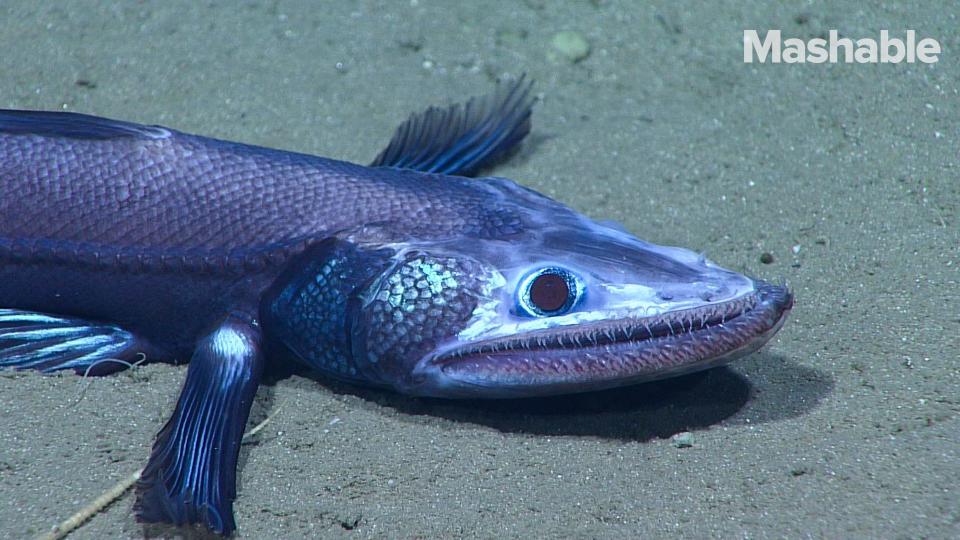The return of supersonic planes could mean serious pollution problems
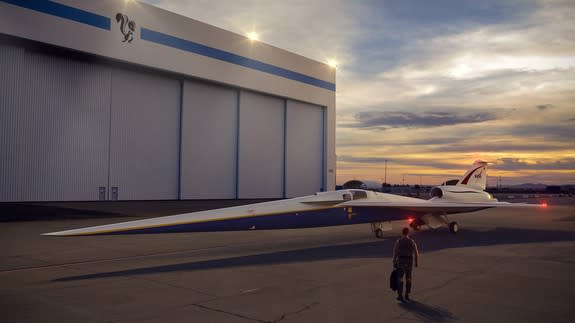
Supersonic travel died out in 2003, when the last 100-passenger Concorde jet settled down on a London runway.
The costly planes were doomed by their speed: The jets created sonic booms when they broke the 767 mph sound barrier, sending thunderous rumbles to the land below. For this reason, supersonic planes have long been banned from flying over land, ultimately making the jets unprofitable.
But a decade and a half later, supersonic planes are threatening to return, and while the speeding aircraft may vastly reduce travel times, they could also bring heavy loads of pollution to the skies.
SEE ALSO: A landmark climate change ruling could go up in smoke after Justice Kennedy retires
A new report from the International Council on Clean Transportation (ICCT) estimates that supersonic planes will burn around five to seven times more fuel than today's planes, and in doing so, spew loads of heat-trapping carbon dioxide into the atmosphere.
"There would be severe environmental consequences as a result," Daniel Rutherford, a study co-author and the ICCT program director for marine and aviation, said in an interview.
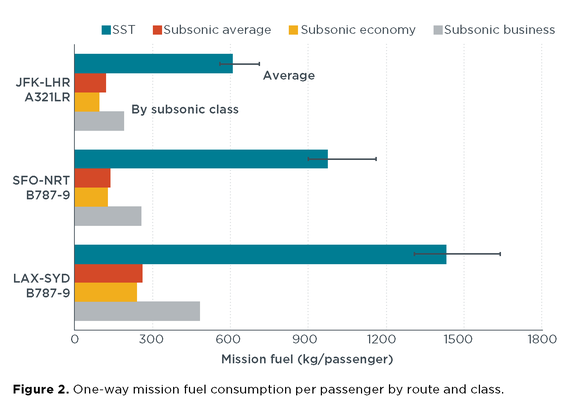
Image: icct
After using a Stanford University future aircraft design tool to run simulations of different-sized planes flying different routes, the ICCT found that a likely popular configuration of a forthcoming supersonic plane would exceed carbon dioxide limits for aircraft by 70 percent.
That said, the supersonic planes proposed by different companies either don't yet exist or aren't capable of flying.
Three start-up companies aim to introduce supersonic jets in the mid-2020s, and these planes are still prohibited from flying over land, which would pummel the denizens below with sonic booms.
Meanwhile, NASA's X-Plane, designed to demonstrate if an innovative jet design can produce low "thumps" rather than booms, has only recently begun construction.
But if these start-ups — Spike Aerospace, Aerion Corporation, and Boom Supersonic — are able to produce their smaller, business-type jets, there's almost nothing limiting them from spewing greenhouse gases and other air pollutants.
"Currently there are no effective environmental standards for these aircraft," said Rutherford. "So they could operate over water where they like."
But unless these startups somehow convince Congress to overturn a decades-long ban on overland commercial flights, the companies will have a limited market: People who can afford to travel in smaller, business jets at high speeds across the Atlantic Ocean.
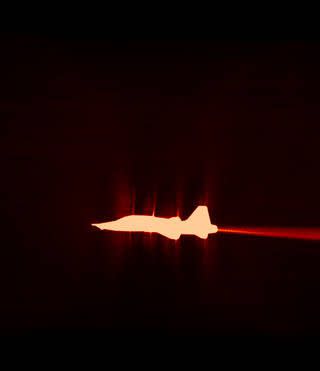
Image: Nasa
"The most viable markets are the U.S. to continental Europe," said Rutherford.
It seems unlikely, however, that Congress will allow overland supersonic flights anytime soon.
Just this year, Congress allocated NASA money to specifically build a demonstration plane to see if the aerospace agency can actually produce a supersonic jet that produces low or acceptable "booms."
"We’re heading into an exciting phase here — we have the funds to proceed forward," NASA engineer David Richwine, said in a February interview.
The 94-foot plane, which will be designed to fly over neighborhoods at some 940 mph, will be conducting flight tests until 2025.
In short, the "low boom" technology won't even be proven for, at minimum, seven years. And even then, it's unlikely either startups or major airplane manufacturers will be ready to start employing designs influenced by NASA's demo plane.
This is a slow-going process, but gives the aviation industry ample time to begin setting standards for supersonic craft — which is perhaps the future of aviation.
"Are we taking the NASA pathway for development — data-driven and deliberate?" asks Rutherford. "Or, are we taking the 'move-fast-break-things' route the start-ups are advocating for?"
The supersonic planes produced by startups will likely produce more pollution for a variety of reasons.
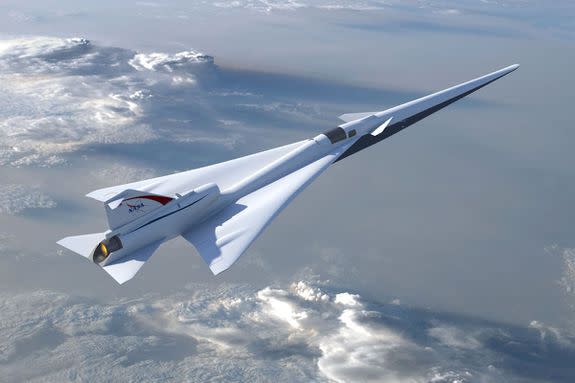
Image: nasa
Flying faster generally means burning more fuel, said Rutherford, which accordingly produces more emissions.
The engines are also likely going to be "derivative" engines, which are engines that already exist, and aren't designed from scratch to be as efficient as possible. Lastly, the proposed planes are smaller jets. Bigger jets, carrying more passengers, are more fuel efficient overall, noted Rutherford.
Any company making supersonic planes may soon need to conform to more rigid environmental standards, regardless.
A United Nations agency, known as the International Civil Aviation Organization, voted in March 2017 to reduce the amount of greenhouse gases the industry emits. The standards for new planes go into effect in 2020, although it appears this aviation council still has work to do: The carbon-limiting requirements only currently affect "subsonic" planes, not those reaching supersonic speeds.
Rutherford recognizes the interest in supersonic travel, as it would slice travel times in half. But this report underscores the problems of rushing the planes out before their considerable pollution problems can be addressed.
"As an engineer I want to say if we rush this, we’re going to make the wrong choices," said Rutherford.
WATCH: This "horror" was spotted off the coast of the Carolinas
